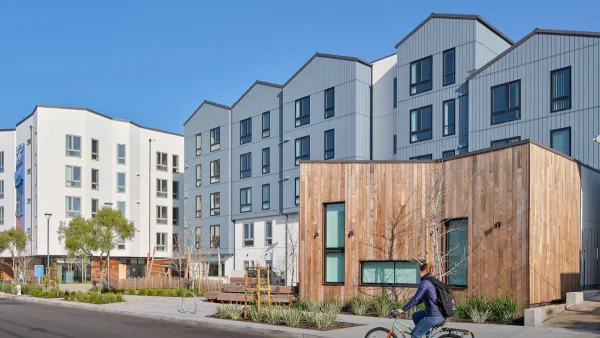This well-connected industry insider has concluded that some of the world's largest oil beds may be on the verge of production collapse -- and he's willing to bet his much-vaunted career on it.
"I've spent years poring over hundreds of papers from the Society of Petroleum Engineers that have revealed fascinating clues. First I took an inventory of the top oil fields in the world, field by field. I was aghast to find that nobody had ever listed even the top 20 oil fields by name. I found that there are only about 120 oil fields in the world that produce half of the world's oil supply. The top 14 fields, which make up 20 percent of global supply, are, on average, over 53 years old. In Saudi Arabia, which harbors a quarter of the entire global supply, there are only five key fields producing 90 percent of their oil. They're all old.
...We need to think on a grander scale. We have to find, for instance, far more energy-efficient methods of transporting products by rail and ship rather than trucks. We have to liberate the workforce from office-based jobs and let them work in their village, through the modern technology of emails and faxes and video conferencing. We have to address the distribution of food: Much of the food in supermarkets today comes from at least a continent or two away. We need to return to local farms. And we have to attack globalization: As energy prices soar, manufacturing things close to home will begin to make sense again."
Thanks to Ashwani Vasishth
FULL STORY: Take a Peak

Planetizen Federal Action Tracker
A weekly monitor of how Trump’s orders and actions are impacting planners and planning in America.

San Francisco's School District Spent $105M To Build Affordable Housing for Teachers — And That's Just the Beginning
SFUSD joins a growing list of school districts using their land holdings to address housing affordability challenges faced by their own employees.

Can We Please Give Communities the Design They Deserve?
Often an afterthought, graphic design impacts everything from how we navigate a city to how we feel about it. One designer argues: the people deserve better.

The EV “Charging Divide” Plaguing Rural America
With “the deck stacked” against rural areas, will the great electric American road trip ever be a reality?

Judge Halts Brooklyn Bike Lane Removal
Lawyers must prove the city was not acting “arbitrarily, capriciously, and illegally” in ordering the hasty removal.

Engineers Gave America's Roads an Almost Failing Grade — Why Aren't We Fixing Them?
With over a trillion dollars spent on roads that are still falling apart, advocates propose a new “fix it first” framework.
Urban Design for Planners 1: Software Tools
This six-course series explores essential urban design concepts using open source software and equips planners with the tools they need to participate fully in the urban design process.
Planning for Universal Design
Learn the tools for implementing Universal Design in planning regulations.
Borough of Carlisle
Smith Gee Studio
City of Camden Redevelopment Agency
City of Astoria
Transportation Research & Education Center (TREC) at Portland State University
City of Camden Redevelopment Agency
Municipality of Princeton (NJ)


























